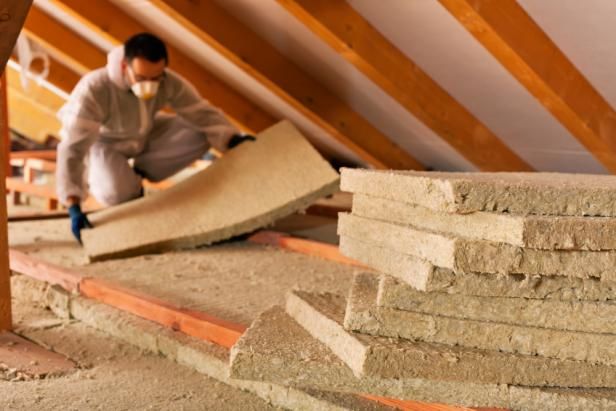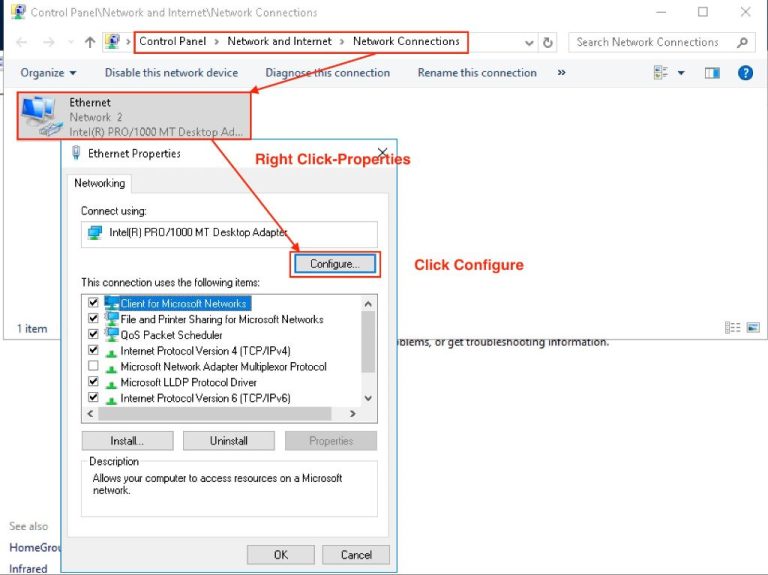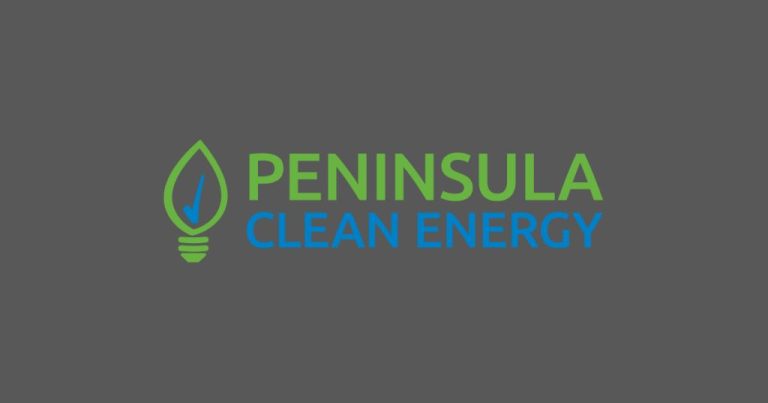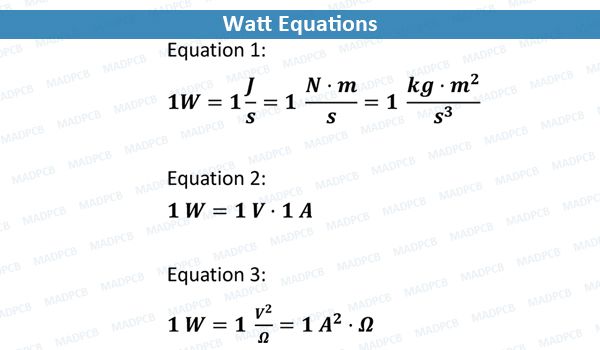What Is The Energy Efficiency As A Service Business Model?
What is Energy Efficiency as a Service?
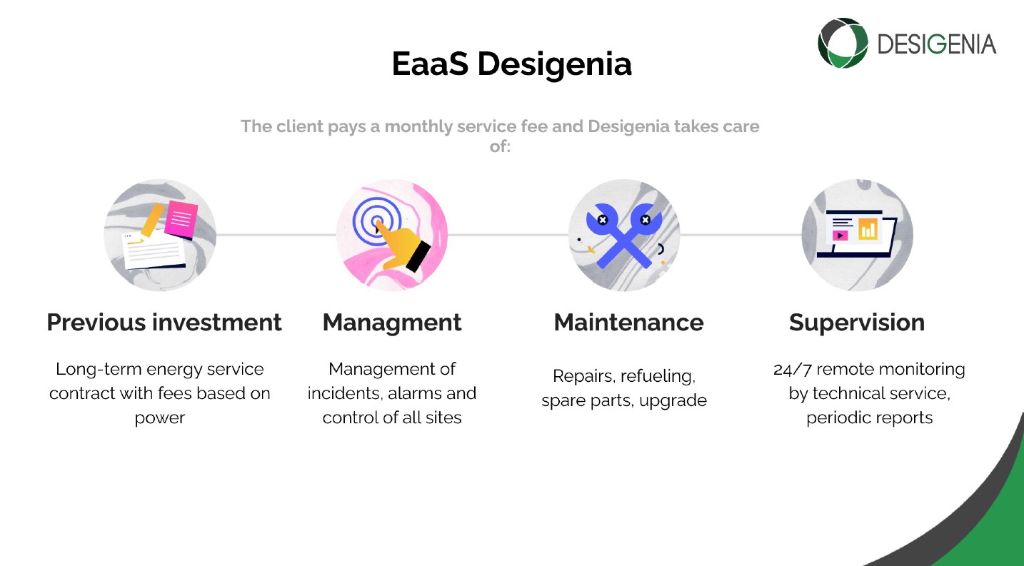
Energy efficiency as a service (EEaaS) is a business model in which a service provider installs energy efficient equipment and systems at a customer’s facility at little to no upfront cost. The service provider owns, operates, and maintains the equipment and customers pay for it through an ongoing service fee based on the energy savings generated (Source).
EEaaS allows organizations like hospitals, universities, and manufacturers to upgrade to energy efficient lighting, HVAC, controls, and other systems without large capital expenditures. The service provider takes on the risk and cost of the upgrades in exchange for a share of the energy savings. Customers benefit from immediate reductions in energy use and cost without needing in-house expertise in efficiency projects.
Unlike traditional energy services that focus on maintaining existing equipment, EEaaS provides a complete solution including assessing, financing, implementation, maintenance, and monitoring of energy efficiency measures. The model aligns incentives so both the service provider and customer benefit from optimization of energy use. EEaaS expands access to energy efficiency to more customers by eliminating upfront costs as a barrier.
Benefits of the Energy Efficiency as a Service Model
The energy efficiency as a service model provides numerous benefits for organizations looking to improve sustainability and reduce energy costs.
First and foremost, it enables substantial cost savings. By having an energy services company invest in efficiency upgrades, organizations can upgrade old, inefficient systems without any upfront capital expenditures. The energy savings from these upgrades are then shared between the organization and the energy services company. This immediately improves the organization’s bottom line.
Adopting this model also helps organizations meet sustainability goals and reduce their carbon footprint. Upgrading to high-efficiency lighting, HVAC, controls and other systems reduces energy waste and lowers greenhouse gas emissions. The energy services partner ensures maximum savings are achieved.
Additionally, organizations gain access to expertise and technology they may lack internally. The energy services firm handles the whole process, from audits to maintenance. They have extensive knowledge in identifying opportunities, properly implementing upgrades, and optimizing performance.
Lastly, by reducing energy consumption and costs, organizations can better manage energy risk and minimize the impact of utility rate increases. With an energy services partner monitoring usage, they can also take advantage of demand response programs and other money-saving initiatives.
How Energy Efficiency as a Service Works
Energy efficiency as a service (EEaaS) relies on energy service companies (ESCOs) to provide financing, project management, and technical expertise to implement energy efficiency upgrades for their customers. The core of the EEaaS model is a financial mechanism called “shared savings” or “performance contracting.”
Under a shared savings agreement, the ESCO conducts an energy audit to identify potential energy efficiency improvements for the customer’s facility. The ESCO then arranges financing to pay for installing the upgrades, which generate energy savings over time. The ESCO and the customer agree to split these energy savings in a predetermined percentage over the term of the contract, typically 5-20 years. The shared savings pay for the cost of the project over time and the split provides guaranteed energy savings for the customer. The ESCO’s compensation is tied directly to the energy savings achieved.
Under a performance contract, the ESCO implements the energy efficiency upgrades and guarantees a certain level of energy savings for the customer. If the project underperforms, the ESCO pays the difference. If the project outperforms, the additional savings are shared between the ESCO and customer. The ESCO takes on the performance risk of the energy efficiency measures.
In both structures, the ESCO handles the upfront costs and technical implementation. The customer realizes energy savings without large capital expenses. The ESCO’s payments are recovered over time from the customer’s portion of shared savings. This pay-for-performance model aligns incentives to maximize energy savings.
Use Cases
Energy efficiency as a service allows organizations to implement energy efficiency upgrades with little to no upfront capital investment. Some examples of successful implementations include:
The University of California, Merced partnered with Engie to upgrade lighting, HVAC systems, and water pumps across the campus. The $13 million project was funded by Engie and is estimated to save the university $250,000 annually in energy costs (source).
The city of Milpitas, California worked with Optimum Energy to overhaul lighting, HVAC, and building controls across 11 city buildings. Optimum funded the $2.7 million project which is delivering $450,000 in annual savings for the city (source).
ButterflyMX implemented a EEaaS project for a 14-building multifamily housing client in Houston, Texas focused on water savings and low-flow plumbing fixtures. The project was financed by ButterflyMX and is saving the property owner $200,000 annually (source).
Industry Adoption
The energy efficiency as a service business model is experiencing rapid growth and adoption across many industries globally. According to research, the market is expected to expand at a compound annual growth rate of 46.3% over the next 5 years. The global market size was valued at $21.6 billion in 2021 and is projected to reach $124.1 billion by 2027.
One major driver of this growth is the increasing focus on sustainability and energy efficiency among commercial and industrial organizations. Adopting an energy efficiency as a service model allows companies to reduce energy consumption and costs without large upfront capital expenditures. Instead, the service provider makes the upgrade investments and is paid back over time through the energy savings generated.
Industries like manufacturing, real estate, healthcare, and data centers are increasingly adopting these types of services. For example, according to reports, the industrial sector is expected to account for over 40% of the energy efficiency as a service market by 2024.
The growing adoption is driven by the benefits of reduced energy costs, improved sustainability, and not having to allocate capital for upgrades. As more companies realize these benefits, the energy efficiency as a service model will likely continue its rapid growth trajectory.
Challenges
The energy efficiency as a service model faces some key challenges that have slowed mainstream adoption:
Upfront costs – Implementing energy efficiency upgrades requires significant upfront capital expenditure. Many building owners lack access to financing or are unwilling to take on debt. EEaaS helps address this by shifting upgrade costs to a service provider, but access to capital remains an obstacle for providers. (Reinventing Energy Efficiency as a Service)
Split incentives – In leased buildings, tenants pay energy bills but owners make capital decisions. Owners lack incentive to invest in efficiency upgrades that mainly benefit tenants. EEaaS contracts can help align incentives between owners and tenants. (Utilities and Energy Efficiency as a Service: The Potential Benefits of ‘Pay for Performance’ Buildings)
Lack of awareness – Many building owners and managers still lack awareness of the EEaaS model and its benefits. Better education and marketing around EEaaS can help drive adoption. (Rapid ‘energy efficiency as a service’ growth belies financing, other difficulties ahead)
Overcoming Challenges
Transitioning to a EEaaS model brings some notable challenges, but several strategies help overcome these obstacles.
Innovative Financing
One major barrier is access to financing, as energy efficiency retrofits require significant upfront capital expenditure. However, new financing methods like green bonds, carbon offset funds, and public-private partnerships allow governments, utilities, and businesses to tap into large-scale funding for EEaaS programs.
Education
There is also an education gap, as many building owners are unaware of the cost savings and sustainability benefits of EEaaS. Increased demonstration projects, case studies, and marketing around the positive ROI of efficiency services can demonstrate the advantages and drive adoption.
Demonstration Projects
Pilot programs funded by utilities or government grants provide tangible proof-of-concept and learnings for scaling EEaaS. High profile demonstration projects showcase the model and best practices, giving building owners the confidence to pursue energy efficiency as a service.
Future Outlook
The energy efficiency as a service market is predicted to see rapid growth in the coming years. According to a 2017 market report by Navigant (now Guidehouse), the EEaaS market could reach $221 billion by 2026, representing a huge increase from current levels. Key factors driving this growth include increasing recognition of energy efficiency as a lucrative investment, innovations in data analytics and connected devices enabling better measurement and verification, and utilities forging partnerships with EEaaS providers.
On the technology side, experts predict continued improvements in smart sensors, data analytics, and control systems that will allow EEaaS providers to optimize energy savings and demonstrate results to clients. The proliferation of smart meters, building management systems, and industrial internet of things platforms will enable more granular insights into energy usage patterns and quickly identify opportunities for efficiency gains. New financing mechanisms, like on-bill financing, also hold promise for expanding access to EEaaS among commercial and residential customers.
Overall, analysts foresee a bright future for the EEaaS model as companies and utilities maximize its potential to reduce energy consumption in a cost-effective manner. The market outlook is bullish, with some projections estimating EEaaS could attract over $200 billion in investment by the mid-2020s.
Key Players
The energy efficiency as a service market is led by energy service companies (ESCOs) that provide comprehensive solutions and assume the technical and performance risks associated with a project. According to Guidehouse Insights, some of the leading ESCOs include:
Schneider Electric – A global specialist in energy management offering services for buildings, industries, infrastructure, and data centers. Schneider Electric helps clients achieve efficiency goals through audits, implementation of energy conservation measures, monitoring, and more.
Siemens – Provides a range of services including energy audits, energy modeling, financial analysis, engineering design, construction, commissioning, measurement and verification. Siemens leverages data and digitalization to optimize energy use.
Ameresco – Offers energy efficiency products, solutions, and services including upgrades to building systems, on-site generation, and utility bill management. Ameresco’s solutions help customers lower energy costs, reduce emissions, and enhance infrastructure.
In addition to traditional ESCOs, some electric utilities now offer energy efficiency as a service. Their solutions can include LED lighting, heating and cooling upgrades, water saving measures, and more for commercial, industrial, and residential customers.
Conclusion
Energy efficiency as a service is an innovative business model that is gaining traction for its many benefits. By outsourcing the implementation and ongoing management of energy efficiency upgrades, organizations can achieve significant cost savings and reduce their energy consumption and carbon footprint.
This model allows facilities to overcome the barriers of upfront costs and specialized expertise that often hinder energy efficiency projects. Instead, the service provider takes care of assessing, financing, installing and maintaining the upgrades over the long-term. The energy savings are shared between the facility and the provider.
As sustainability becomes increasingly important for organizations, energy efficiency as a service enables an effective way to cut costs while meeting environmental goals. The model continues to gain support for making energy efficiency gains accessible with minimal hassle and risk.
With energy savings typically over 20%, energy efficiency as a service allows organizations to do their part in reducing energy waste and emissions. As climate change and energy regulations gain urgency, this innovative approach provides a scalable solution for driving widespread efficiency improvements.

